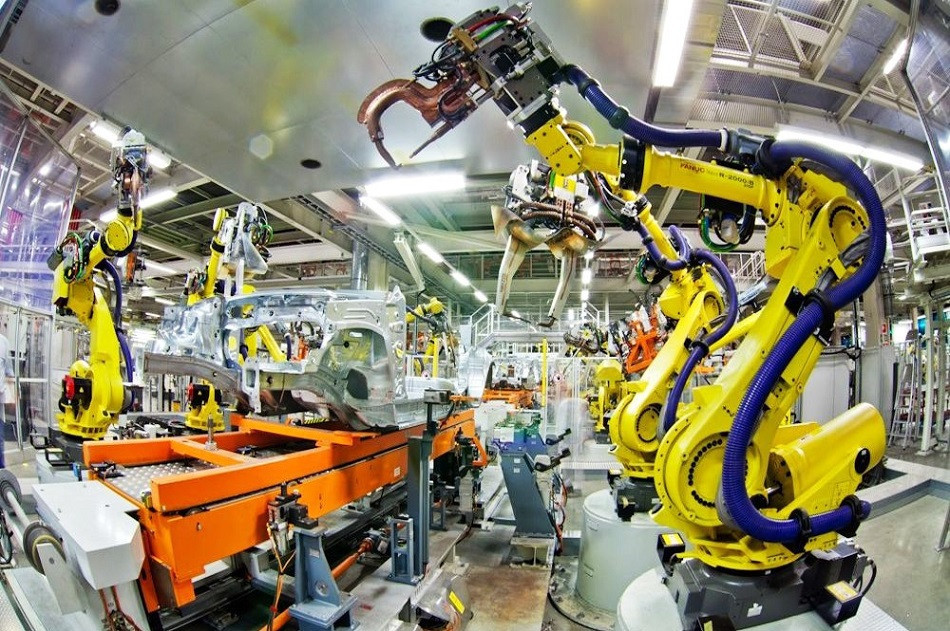
A director of an automobile enterprise complained that his company and the entire automobile industry have been facing serious difficulties since September 2022 when bank loan interest rates began increasing and the dong/dollar exchange rate began fluctuating.
Car sales dropped by 50 percent in January and by 30 percent in February compared with the same periods last year.
Low demand, increasingly high inventories and high costs are burdening enterprises. The automobile market is expected to continue to be sluggish in the months to come.
“We have had to slow production and cut working hours, and we are afraid we’ll have to lay off workers. Not only are we suffering, but domestic car part vendors also are suffering from the domino effects,” he said.
Some enterprises, together with the Vietnam Automobile Manufacturers’ Association (VAMA), Viet Nam Association of Mechanical Industry (VAMI), Quang Nam and Ninh Binh people's committees, have sent documents to the Prime Minister, the Ministry of Industry and Trade (MOIT), the Ministry of Finance (MOF) and relevant agencies, asking for continued extension of the luxury tax payment deadline and 50 percent vehicle registration tax cut for domestically assembled products.
Since 2020, the government has twice extended the luxury tax payment deadline and cut the vehicle registration tax by 50 percent (for six months each time).
A report from the General Department of Taxation (GDT) found that the 50 percent tax cut applied from June 28 to December 31, 2020 added VND11.2 trillion to the state budget compared with the same period in the year before.
This included VND8.2 trillion worth of luxury tax and VAT tax increases and VND3 trillion worth of registration tax increases.
Meanwhile, VAMA’s statistics showed that the 50 percent registration tax cut applied from December 1, 2021 to May 31, 2022 helped increase car sales by 50 percent.
Cars with fewer than 10 seats are products with many kinds of taxes and fees, including luxury tax, VAT, registration tax, license plate granting and others.
Analysts pointed out that a 50 percent registration tax cut led to a reduction in tax collections on every car, but did not lead to a reduction in the total state budget collections.
The collections even rose thanks to the increase in car sales, which contributed to the development of automobile supporting industries.
This is one of the reasons cited by automobile manufacturers for the proposed continued tax cuts.
An automobile manufacturer has estimated that the auto market will see a decline of 17.5 percent in 2023 compared with last year, or 85,000 cars, including 50,000 domestically assembled ones.
Once sales decrease, state budget collections from taxes and fees will also decrease. Car part vendors will also be affected, and will have to cut output, which will affect supporting industries.
Bottlenecks
Vietnam's automobile industry has two major bottlenecks: small market scale and high car prices. Experts blame high taxes and fees. And people’s incomes remain modest.
Few people have enough money to buy cars, which explains why sales are slow and the market is small.
In 2022, the Vietnamese automobile market had a scale of 500,000 cars, but there were only 300,000 domestically assembled cars. In theory, one car model needs to have sales of at least 50,000 products a year to make investments to manufacture car parts, develop supply chains, increase localization ratio and reduce production costs.
Meanwhile, in Vietnam, no car model has had such sales. Only one car model has had sales of 30,000 products a year, while the others have had sales of 10,000 products or less.
The low sales explain why production costs in Vietnam are always 10-20 percent higher than in other regional countries, including Thailand and Indonesia.
VASI (Vietnam Association for Supporting Industries) chair Phan Dang Tuat said there are over 20,000 parts in one car which needs over 200 metal types. Vietnamese enterprises still cannot manufacture any of these.
Tuat said Vietnamese enterprises can make the car parts, but the decision to do so is determined by the market.
While it costs Thailand only $1.5 to produce one fuel tank cap, Vietnam has to spend $3.8 to make it. It is more profitable to import caps from Thailand than to make them in Vietnam.
Thailand can make these products at such a low cost because its market is larger, 2 million products a year, while Vietnam’s market is 300,000 products.
For many countries, the automobile industry makes great contribution to GDP, and generates millions of jobs. It is considered the core of the processing and manufacturing industry. However, high taxes and fees are stifling the industry.
Tran Thuy